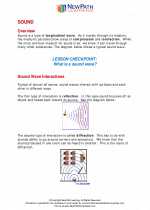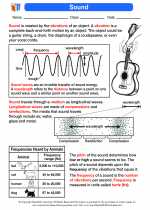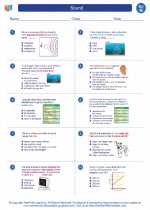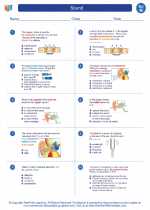Species
A species is a group of organisms that are capable of interbreeding and producing fertile offspring. This means that members of the same species have similar characteristics and can mate with each other to produce offspring that can also reproduce. Species are the basic unit of biological classification and are essential for understanding the diversity of life on Earth.
Characteristics of a species
- Members of the same species share similar physical characteristics and genetic makeup.
- They are capable of interbreeding and producing fertile offspring.
- Species are reproductively isolated from other species, meaning they cannot interbreed with organisms from different species.
- Each species has its own unique ecological niche and role in the ecosystem.
Importance of species
Understanding and classifying species is crucial for the study and conservation of biodiversity. Each species plays a unique role in the ecosystem, and the loss of a single species can have far-reaching consequences. By identifying and studying species, scientists can better understand the complex interactions within ecosystems and work towards preserving the diversity of life on Earth.
Study Guide
- What is a species?
- Describe the characteristics of a species.
- Why is it important to study and classify species?
- Research and identify three different species in your local ecosystem. Describe their unique characteristics and ecological roles.
- Discuss the impact of human activities on species diversity and potential conservation measures.








